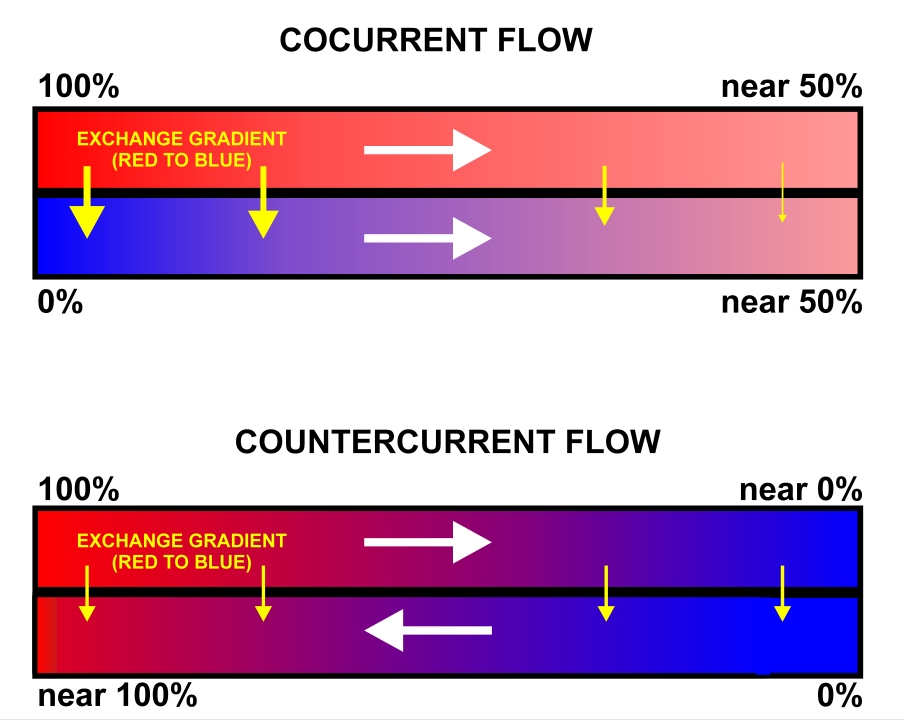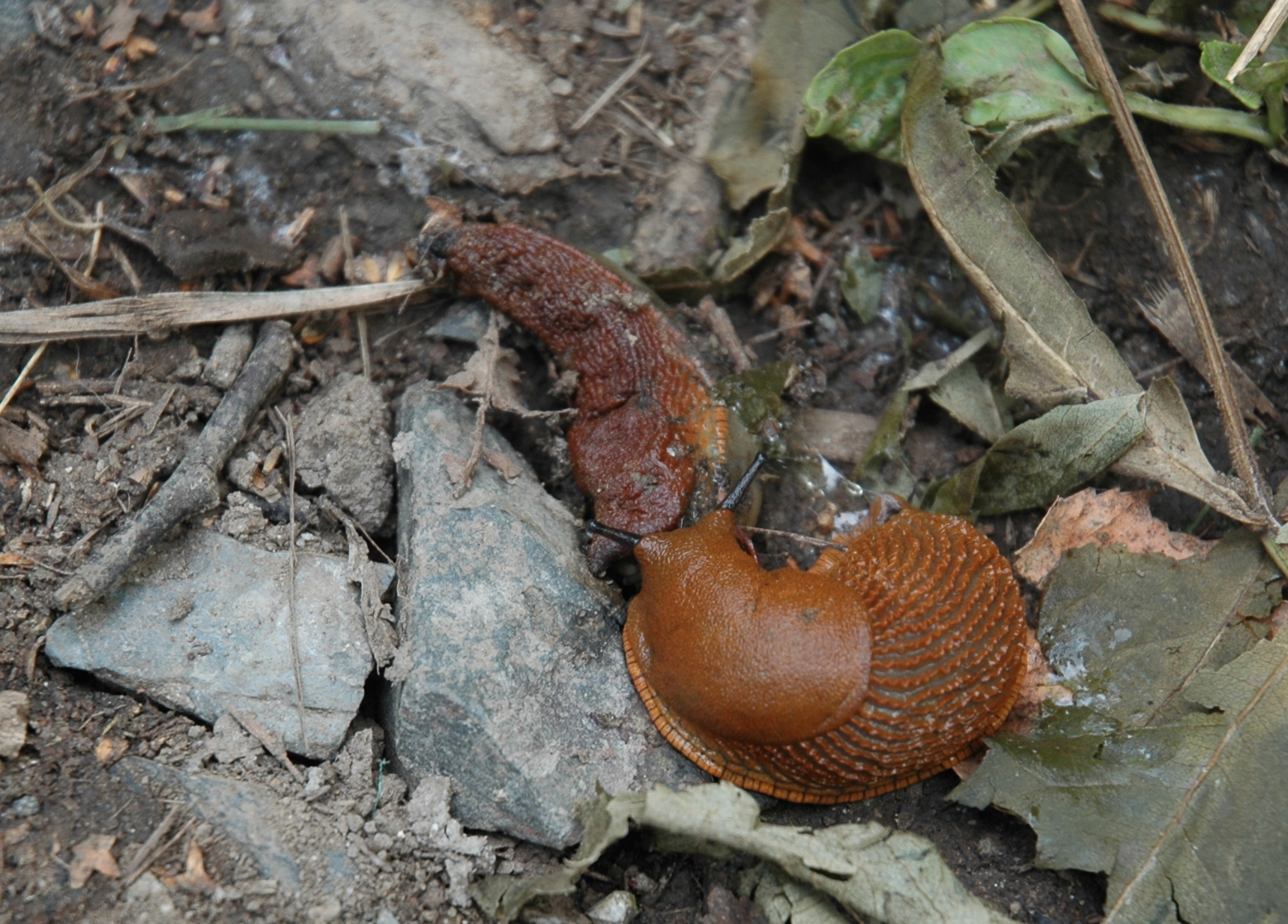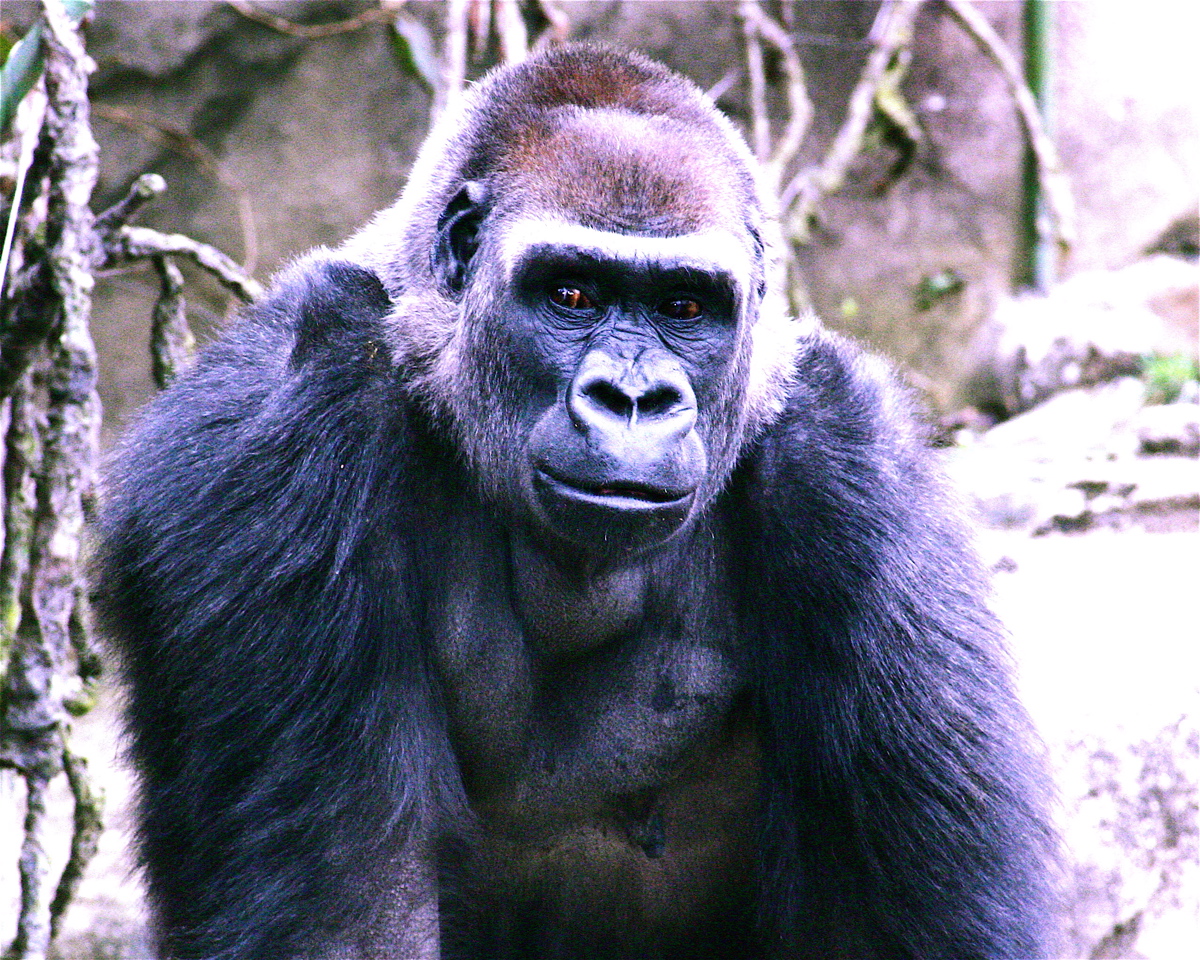|
Padogobius
''Padogobius'' is a genus of fish in the family Gobiidae, the gobies. They are native to fresh waters of southern Europe. Species There are currently two recognized species in this genus: * '' Padogobius bonelli'' ( Bonaparte, 1846) (Padanian goby) * '' Padogobius nigricans'' ( Canestrini, 1867) (Arno goby) Mating system Male - male competition As with many other Gobiidae species, ''Padogobius'' males establish small territories around their nesting sites in freshwater streams and rivers of Northern Italy. In ''P. martensi'', both male and female are highly aggressive in defending a hollow beneath a stone. During the breeding season between May and July, these males become exceptionally competitive as they try to acquire larger stones which will have a larger egg-laying surface. Due to the fact that this will influence their breeding success, there is competition between males for this resource that is in limited supply and in high demand. Only larger and more aggressive mal ... [...More Info...] [...Related Items...] OR: [Wikipedia] [Google] [Baidu] |
Padogobius Bonelli
''Padogobius bonelli'', the Padanian goby, is a species of true goby from the family Gobiidae native to rivers of Croatia, Italy, Slovenia, and Switzerland, where it is usually found in areas with gravel substrates or along the edges of dense vegetation. Males of this species can reach a length of TL while females only reach TL. This species' specific name honours the Italian naturalist Franco Andrea Bonelli (1784-1830), who had originally described it as ''Gobius fluviatilis'' without realizing that this name was already being used for a different goby species, the monkey goby, which had been described by Pallas Pallas may refer to: Astronomy * 2 Pallas asteroid ** Pallas family, a group of asteroids that includes 2 Pallas * Pallas (crater), a crater on Earth's moon Mythology * Pallas (Giant), a son of Uranus and Gaia, killed and flayed by Athena * Pa ... in 1814. References Padogobius Fish described in 1846 Taxa named by Charles Lucien Bonaparte Taxonomy art ... [...More Info...] [...Related Items...] OR: [Wikipedia] [Google] [Baidu] |
Padogobius Nigricans
''Padogobius nigricans'', the Arno goby, is a species of goby endemic to Italy Italy, officially the Italian Republic, is a country in Southern Europe, Southern and Western Europe, Western Europe. It consists of Italian Peninsula, a peninsula that extends into the Mediterranean Sea, with the Alps on its northern land b .... It occurs in streams, staying to well-vegetated edge areas. Males of this species reach a length of TL while the females only reach TL. References Padogobius Freshwater fish of Europe Endemic fauna of Italy Fish described in 1867 Taxonomy articles created by Polbot Habitats Directive species {{Gobiidae-stub ... [...More Info...] [...Related Items...] OR: [Wikipedia] [Google] [Baidu] |
Albert Günther
Albert Karl Ludwig Gotthilf Günther , also Albert Charles Lewis Gotthilf Günther (3October 18301February 1914), was a German-born British zoologist, ichthyologist, and herpetologist. Günther is ranked the second-most productive reptile taxonomist (after George Albert Boulenger) with more than 340 reptile species described. Early life and career Günther was born in Esslingen in Swabia ( Württemberg). His father was a ''Stiftungs-Commissar'' in Esslingen and his mother was Eleonora Nagel. He initially schooled at the Stuttgart Gymnasium. His family wished him to train for the ministry of the Lutheran Church for which he moved to the University of Tübingen. A brother shifted from theology to medicine, and he, too, turned to science and medicine at Tübingen in 1852. His first work was "''Ueber den Puppenzustand eines Distoma''" (On the pupal state of ''Distoma''). He graduated in medicine with an M.D. from Tübingen in 1858, the same year in which he published a handbook ... [...More Info...] [...Related Items...] OR: [Wikipedia] [Google] [Baidu] |
Deference
Deference (also called submission or passivity) is the condition of submitting to the espoused, legitimate influence of one's superior or superiors. Deference implies a yielding or submitting to the judgment of a recognized superior, out of respect or reverence. Deference has been studied extensively by political scientists, sociologists, and psychologists. Politics Smolenski (2005) examines deference in colonial Pennsylvania, to see how claims to political authority were made, justified, and accepted or rejected. He focuses on the "colonial speech economy," that is, the implicit rules that determined who was allowed to address whom and under what conditions, and describes how the qualities that inspired deference changed in the province from 1691 to 1764. The Quaker elite initially established a monopoly on political leadership based on what they believed to be their inherent civic virtue grounded in their religious and social class. By 1760, this view had been discredited and ... [...More Info...] [...Related Items...] OR: [Wikipedia] [Google] [Baidu] |
Gas Exchange
Gas exchange is the physical process by which gases move passively by diffusion across a surface. For example, this surface might be the air/water interface of a water body, the surface of a gas bubble in a liquid, a gas-permeable membrane, or a biological membrane that forms the boundary between an organism and its extracellular environment. Gases are constantly consumed and produced by cellular and metabolic reactions in most living things, so an efficient system for gas exchange between, ultimately, the interior of the cell(s) and the external environment is required. Small, particularly unicellular organisms, such as bacteria and protozoa, have a high surface-area to volume ratio. In these creatures the gas exchange membrane is typically the cell membrane. Some small multicellular organisms, such as flatworms, are also able to perform sufficient gas exchange across the skin or cuticle that surrounds their bodies. However, in most larger organisms, which have small surface-a ... [...More Info...] [...Related Items...] OR: [Wikipedia] [Google] [Baidu] |
Oscillation
Oscillation is the repetitive or periodic variation, typically in time, of some measure about a central value (often a point of equilibrium) or between two or more different states. Familiar examples of oscillation include a swinging pendulum and alternating current. Oscillations can be used in physics to approximate complex interactions, such as those between atoms. Oscillations occur not only in mechanical systems but also in dynamic systems in virtually every area of science: for example the beating of the human heart (for circulation), business cycles in economics, predator–prey population cycles in ecology, geothermal geysers in geology, vibration of strings in guitar and other string instruments, periodic firing of nerve cells in the brain, and the periodic swelling of Cepheid variable stars in astronomy. The term ''vibration'' is precisely used to describe a mechanical oscillation. Oscillation, especially rapid oscillation, may be an undesirable phenomenon in ... [...More Info...] [...Related Items...] OR: [Wikipedia] [Google] [Baidu] |
Pectoral Fins
Fins are moving appendages protruding from the body of fish that interact with water to generate thrust and help the fish swim. Apart from the tail or caudal fin, fish fins have no direct connection with the back bone and are supported only by muscles. Fish fins are distinctive anatomical features with varying structures among different clades: in ray-finned fish (Actinopterygii), fins are mainly composed of bony spines or rays covered by a thin stretch of scaleless skin; in lobe-finned fish (Sarcopterygii) such as coelacanths and lungfish, fins are short rays based around a muscular central bud supported by jointed bones; in cartilaginous fish (Chondrichthyes) and jawless fish (Agnatha), fins are fleshy " flippers" supported by a cartilaginous skeleton. Fins at different locations of the fish body serve different purposes, and are divided into two groups: the midsagittal ''unpaired fins'' and the more laterally located ''paired fins''. Unpaired fins are predominantly a ... [...More Info...] [...Related Items...] OR: [Wikipedia] [Google] [Baidu] |
Cannibalism
Cannibalism is the act of consuming another individual of the same species as food. Cannibalism is a common ecological interaction in the animal kingdom and has been recorded in more than 1,500 species. Human cannibalism is also well documented, both in ancient and in recent times. The rate of cannibalism increases in nutritionally poor environments as individuals turn to members of their own species as an additional food source.Elgar, M.A. & Crespi, B.J. (1992) ''Cannibalism: ecology and evolution among diverse taxa'', Oxford University Press, Oxford ngland New York. Cannibalism regulates population numbers, whereby resources such as food, shelter and territory become more readily available with the decrease of potential competition. Although it may benefit the individual, it has been shown that the presence of cannibalism decreases the expected survival rate of the whole population and increases the risk of consuming a relative. Other negative effects may include the increa ... [...More Info...] [...Related Items...] OR: [Wikipedia] [Google] [Baidu] |
Polygyny In Animals
Polygyny (; from Neo-Greek , ) is a mating system in which one male lives and mates with multiple females but each female only mates with a single male. Systems where several females mate with several males are defined either as promiscuity or polygynandry. Lek mating is frequently regarded as a form of polygyny, because one male mates with many females, but lek-based mating systems differ in that the male has no attachment to the females with whom he mates, and that mating females lack attachment to one another.Clutton-Brock T.H. (1989). ‘Review lecture: mammalian mating systems.' ''Proceedings of the Royal Society of London''. Series B, Biological Sciences 236: 339–372. Polygyny is typical of one-male, multi-female groupsBoyd, R., & Silk, J. B. (2009). How Humans Evolved (preferably the downloadable pdf version): WW Norton & Company, New York. and can be found in many species including: elephant seal, spotted hyena, gorilla, red-winged prinia, house wren, hamadryas bab ... [...More Info...] [...Related Items...] OR: [Wikipedia] [Google] [Baidu] |
Clutch (eggs)
A clutch of eggs is the group of eggs produced by birds, amphibians, or reptiles, often at a single time, particularly those laid in a nest. In birds, destruction of a clutch by predators (or removal by humans, for example the California condor breeding program) results in ''double-clutching''. The technique is used to double the production of a species' eggs, in the California condor case, specifically to increase population size. Size Clutch size differs greatly between species, sometimes even within the same genus. It may also differ within the same species due to many factors including habitat, health, nutrition, predation pressures, and time of year. Clutch size variation can also reflect variation in optimal reproduction effort. In birds, clutch size can vary within a species due to various features (age and health of laying female, ability of male to supply food, and abundance of prey), while some species are determinant layers, laying a species-specific number of egg ... [...More Info...] [...Related Items...] OR: [Wikipedia] [Google] [Baidu] |
Fertilisation
Fertilisation or fertilization (see spelling differences), also known as generative fertilisation, syngamy and impregnation, is the fusion of gametes to give rise to a zygote and initiate its development into a new individual organism or offspring. While processes such as insemination or pollination, which happen before the fusion of gametes, are also sometimes informally referred to as fertilisation, these are technically separate processes. The cycle of fertilisation and development of new individuals is called sexual reproduction. During double fertilisation in angiosperms, the haploid male gamete combines with two haploid polar nuclei to form a triploid primary endosperm nucleus by the process of vegetative fertilisation. History In antiquity, Aristotle conceived the formation of new individuals through fusion of male and female fluids, with form and function emerging gradually, in a mode called by him as epigenetic. In 1784, Spallanzani established the need of in ... [...More Info...] [...Related Items...] OR: [Wikipedia] [Google] [Baidu] |




